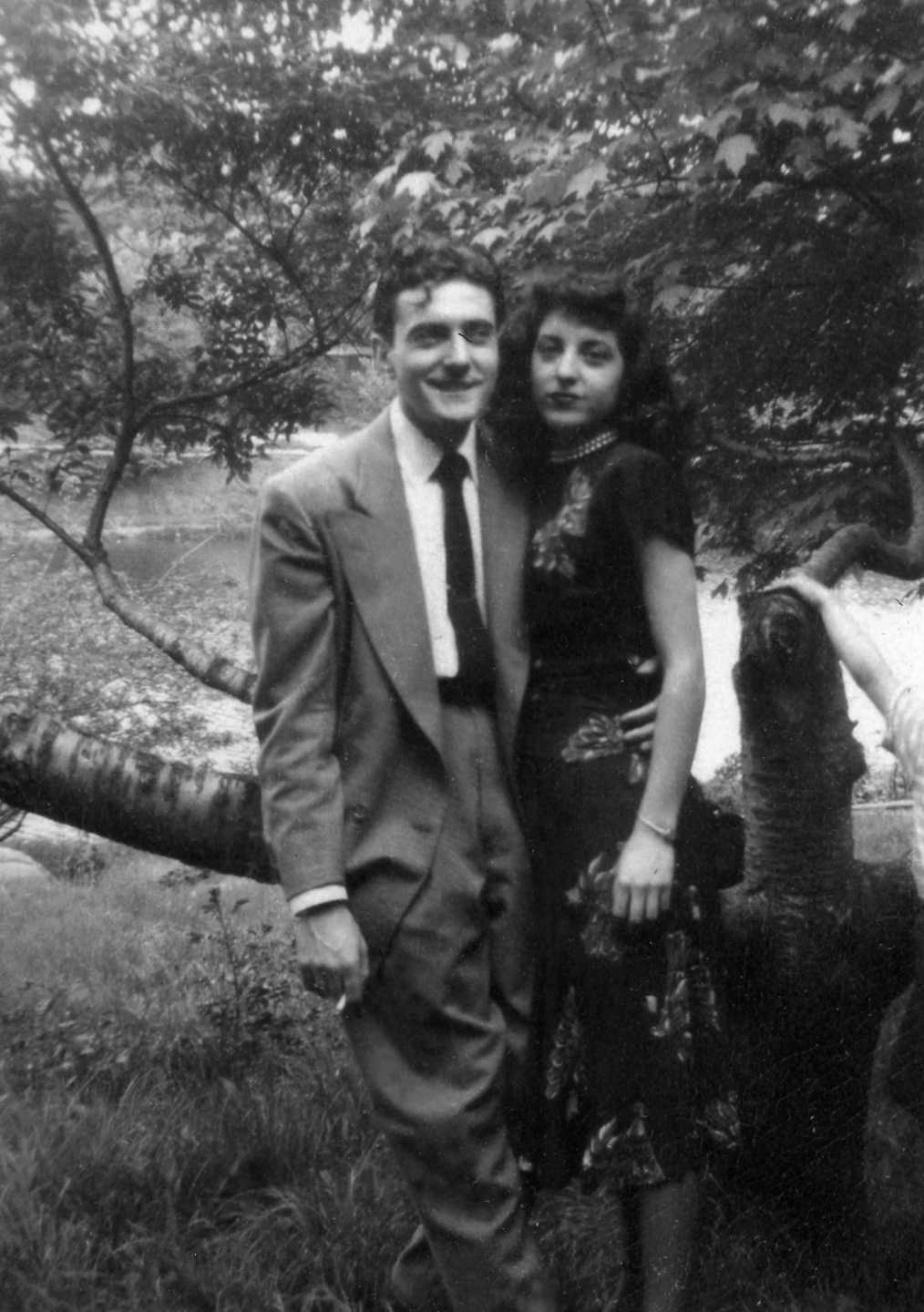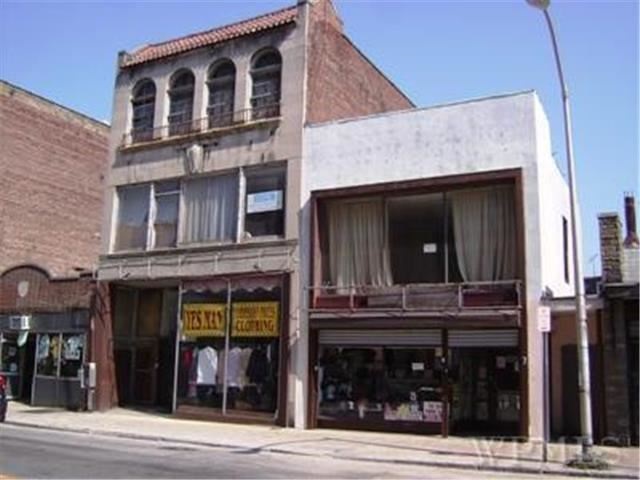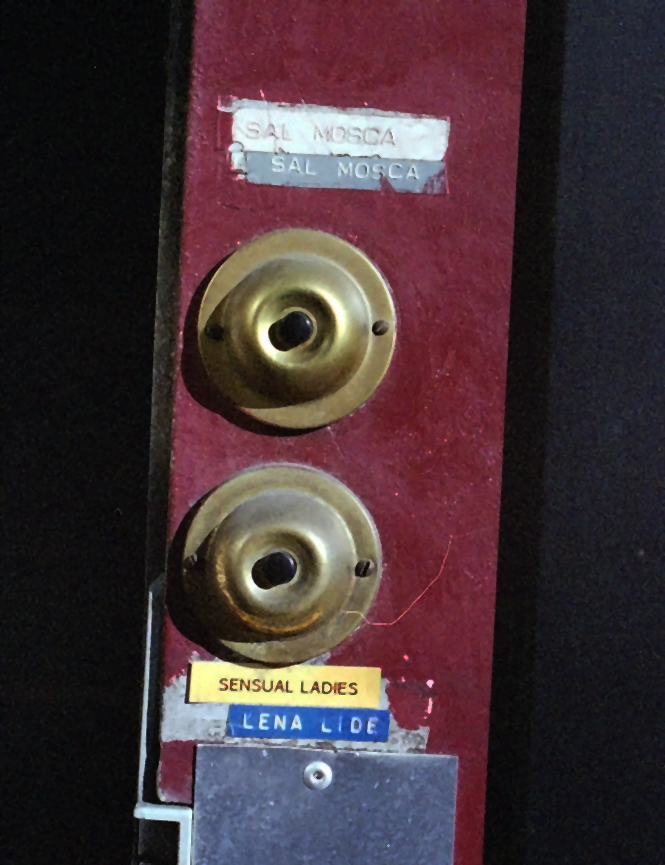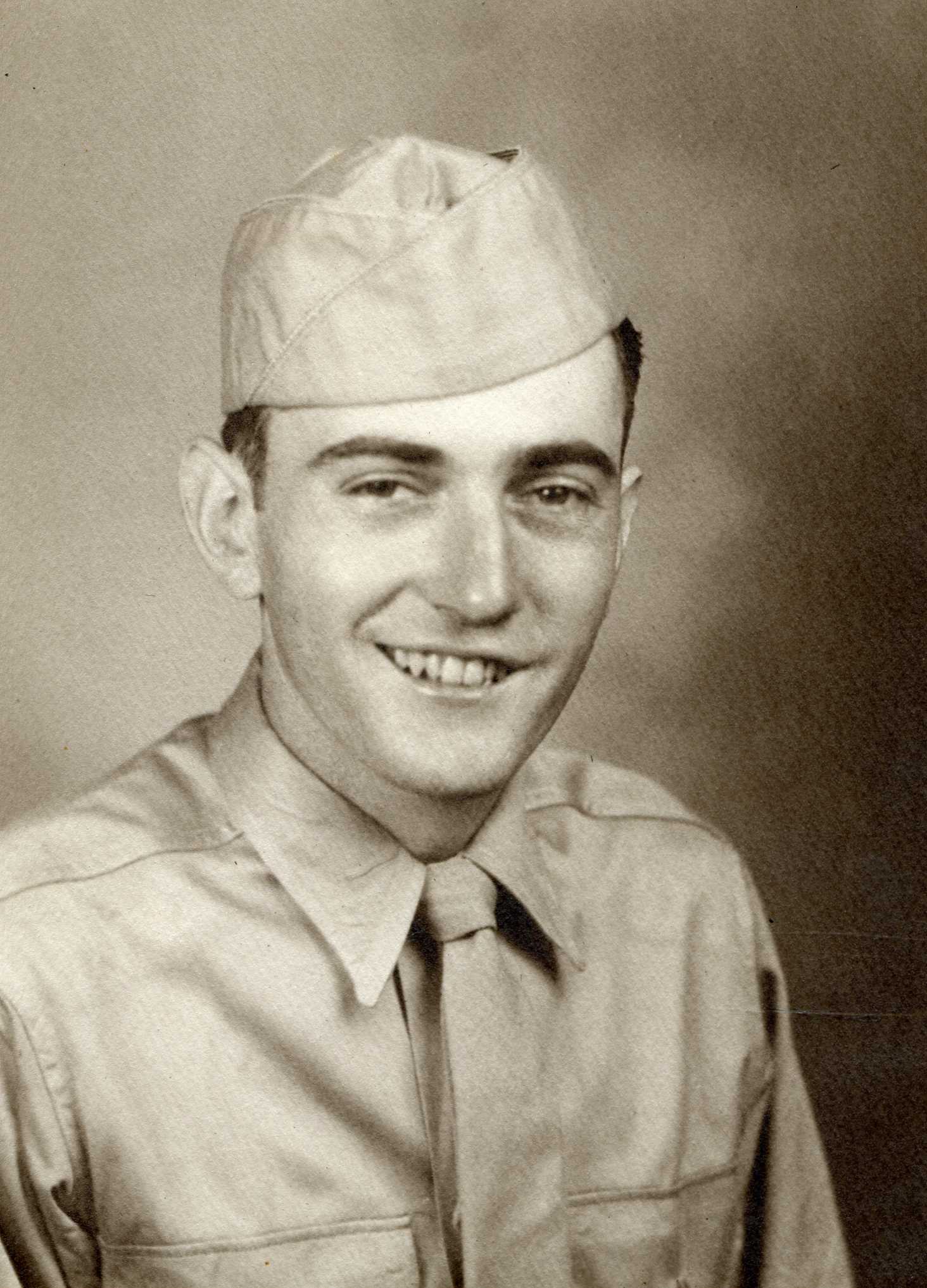Salvatore Joseph Mosca
1927 – 2007
Salvatore Joseph Mosca was born in Mt. Vernon, New York, on April 27, 1927. The son of first generation Americans, Sal and his sister Dolores grew up during the harsh years of the Great Depression. The genre of Jazz music that had been stylized by blacks in New Orleans was rapidly spreading to an area of New York City known as Harlem, a predominantly black community formed from the great northern migration caused by World War I. Sal and jazz were destined to meet in the late 1930s at the vaudeville shows, nightclubs, and band performances of the era. Even as a young man, Sal would hear the musical quality of a performance undistracted by the attendant drama. Sal would, in fact, become a major figure of the Free Jazz/Cool Jazz genre.
Sal’s family was not particularly musical. Neither of his parents played any instruments, although he recalls an uncle who could play the piano “pretty well” by ear. They did have in their home a player piano and many rolls of popular songs from the period. The rolls included Louis Armstrong, Fats Waller, Bix Beiderbecke, and Duke Ellington, all strong influences on popular music during Sal’s childhood. Sal’s family home in Mt. Vernon, NY, was located only 20 miles from New York City; Sal had access to an eclectic array of music all of his life.
Sal says that as a child of ten or eleven years he would watch the keys on the player piano as a role of music played and would try to figure out how to play it back. Chopin is said to have learned by that method, but Sal was not so fortunate. As hard as he tried, he just couldn’t reverse-engineer a piece to his satisfaction. At that time, he was playing sound combinations using the chromatic scale, trying to imitate or interpret natural sounds; the passage of a thunder storm, for example. Sal says he knew for sure by this age in his life that he wanted to be a musician, and that the piano would be his instrument.
At the age of twelve, Sal began to take piano lessons from Wilbur ‘Duke’ Jessup, a local Dixieland style musician. Sal was a serious student from the beginning and insists that he had little aptitude or innate musical talent. Improvement came only through hard work and constant practice.
Sal studied with Duke for two years until the instructor was pressured to quit teaching music to obtain a “regular” job for financial reasons. This experience was not lost on Sal. His early life during the Depression, plus his decision to enter a field where making enough money for a family was questionable, made Sal recognize early the need to keep careful control over his finances and his musical independence. He would later see many major players exploited financially and artistically, validating his earlier observations.
Sal’s second instructor was a man named Hal Scofield, a Broadway theatre musician who was expert in sight reading and transposing. By the age of 15, Sal had five students of his own and was playing regularly in local nightclubs, disguising his youth with a mustache, professional manner, and sophisticated performances.
A few years later, in 1944, Sal entered the tail end of World War II. He was assigned to the Army band where he became both popular and valuable as one who could transpose music quickly. He was asked if he could do band arrangements as well, and learned on the job from texts on the subject. When he returned to Mt. Vernon in 1946, he married and started a family. He began to perform, build his teaching schedule, and attend college on the GI Bill.
Sal attended the New York College of Music and New York University where he studied classical music theory, Gershwin preludes, Debussy’s Claire DeLune, and many others. He also studied classical conducting, harmony, and music history from Fritz Kurtzweil, as well as classical composition using the Schillinger System. Schillinger was a Russian mathematician and musician who published two volumes on the mathematic foundation of musical composition.
After college, Sal began studying piano with Lennie Tristano, a Chicago born pianist who moved to New York and is considered by some to be a commercially under-appreciated but major influence to the expanding jazz bop aesthetic. Tristano is certainly a jazz icon, not only for his own work but because his influence is prevalent in the work of artists such as Charlie Parker, Bud Powell, Lee Konitz, and Warne Marsh.
Tristano’s use of counter point and selected adopted practices of contemporary classical music were polytonal and ground breaking. His group was the first to produce a record of a completely improvised session, as well as the first to record a music type called ‘Free Jazz.’ Tristano had a very large influence on Sal, who initially had told Tristano he wanted to play more like Art Tatum. Sal studied with Tristano for eight years, and in the liner notes for Sal’s 1977 album, ”Mosca Music,” Tristano wrote that: ”Of all the great people in jazz since the 1940s, Sal Mosca is one of the greatest.” Obviously, the respect was mutual.
In the 1950s, Sal, Lee Konitz, and Warne Marsh frequently recorded or headlined together, often playing opposite Charlie Parker at Birdland. They also played the Village Vanguard, another famous New York jazz club, frequently. The two were Mr. Tristano’s main proteges and showed similar artistic potential. During the subsequent years, Sal played every major club along the Eastern seaboard.
Over those years, Sal turned down many offers that would likely have led to larger commercial success. Playing opposite Lenny Bruce, at The Den in Manhattan in the 1950s, Sal met many celebrities and actors. At that time, Orrin Keepnews, the jazz record producer, offered him a record deal. Mr. Keepnews had recently helped start successful solo careers for musicians like Bill Evans and Cannonball Adderley. Sal declined and would continue to decline similar offers preferring to remain independent. ”I never wanted to be caught in the web of commercial success,” Sal has said, feeling that it would have distracted him from teaching and keeping an intimately personal stamp on his playing.
Sal has played on several historically important records, including ”Ezz-thetic” with Miles Davis and Max Roach, as well as his heralded collaboration with the saxophonist Lee Konitz in the 1950s and Warne Marsh in the 1980s. He has also performed with Billie Holiday, Sarah Vaughan, Stan Getz, Bill Bauer, and Skip Scott, to name just a notable few.
Sal has three children from his marriage to Stella DiGregorio, his high school sweetheart. The pressures of teaching, performing and constantly creating were too much in combination with the demands of family life, and Sal and Stella divorced in 1965. Sal converted a commercial building in Mt. Vernon into a combination music studio and apartment where he lived and worked.
During the 1975-1980 period, Sal gave solo improvised concert performances in Alice Tully Hall at Lincoln Center and the Carnage Recital Hall, both in New York City. He also has performed solo in Antwerp, Belgium and Amsterdam in the Netherlands. His Antwerp performance were released on the CD Trickle. All his live solo performances have been pure improvisation. He has appreared on more than 23 record releases, both in group and solo sessions. A full discography is difficult to compile due to the re-mastering and re-release of a hodgepodge of 78 rpm material recorded in the late 40s and early 50s. A decent discography is available on Sal’s website, as well as sample musical pieces.
Performances aside, Sal spent almost all of his time either teaching or perfecting his craft. With single minded dedication, Sal wanted only to improvise music on his own terms, to his own high standards. Sal’s style is his own, and all his music is unmistakably his. He believes in only playing the best, most honest piece of music he can play and gives most of his techniques a whirl in almost every composition. Music is certainly a subjective experience and it is usually hard core jazz fans and those with intimate technical knowledge of the craft who are most devoted to Sal’s music. His virtuosity has been noted in the “Who’s Who of Jazz”, the “Grove Dictionary of Music” as well as by fans and critics alike.
To remain independent, he has recorded and produced most of his own work and really doesn’t care what most people think when it comes to his music, either way. To Sal, it’s only the music that matters. Early releases can be found on the Wave label and most all recent compilations were released by Dan Fiore who started Zinnia Records for the express purpose of releasing Sal Mosca material.
Teaching is often done by musicians in order to earn a living and Sal taught for that very reason as well, especially early in his career. But there was more to it than just money. Sal worked long hours giving instruction at rates well below that of other, much less dedicated, effective, and caring instructors. Sal only accepted students appropriate to his level of instruction. Many of his students do not play the piano at all, but wanted to learn of his techniques for improvisation and his theories of music in general.
Like Tristano, Sal Mosca has become somewhat of a cult figure in the jazz scene. Many of his students say he has changed their lives with his philosophies for life and for music. His recordings stand as testament to his musical spirit, dedication and ability just as his life demonstrated devotion to practice, thrift, generosity, and artistic independence. In recent years, as reviewers suggest, it has become clear that Sal is no Tristano clone or disciple but has transcended his old mentor with a unique style and expression now being appreciated at large.
After several years of health problems Sal had recovered sufficiently to begin accepting students, recording and performing. Several of his peers considered him the last living great improvisational pianist of their generation. Sal’s sound on one of his latest releases, Trickle, is edgy, combining youthful enthusiasm with a technical maturity in tone and time that never falters. Each track encompasses a broad, expressive range of Sal’s imagination, all rendered in real time.
In the liner notes from Sal’s Recital in Valhalla CD, a comment written by long time friend and producer Dan Fiore captures the essence of Sal’s career: “From time to time someone interested in getting with Sal Mosca’s music will ask me to recommend a recording of his. “What’s good?” they ask. From his first recording in 1949 up to the present it’s all good, it’s all great and it is music for all time.”
Sal released a trio CD with Bill Chattin and Don Messina called Thing-ah-mahjig. Several thoughtful reviews are available here.
After a January, 2007 European concert tour, Sal fell ill once again. On July 28, 2007 he died at the age of 80.
Whatever legacy Sal Mosca leaves to music is really not as important as the immediate contribution he has made in the lives of his students, friends, and family. A quick look at the comments left in the pages of the Guest Book on this website confirms this. Perhaps, like many great artists, his music will gain greater acclaim for its significance in the years to come. Either way, as Sal put it to me: “I have no agenda and no complaints.”
Stephen Mosca © 2007-2016





